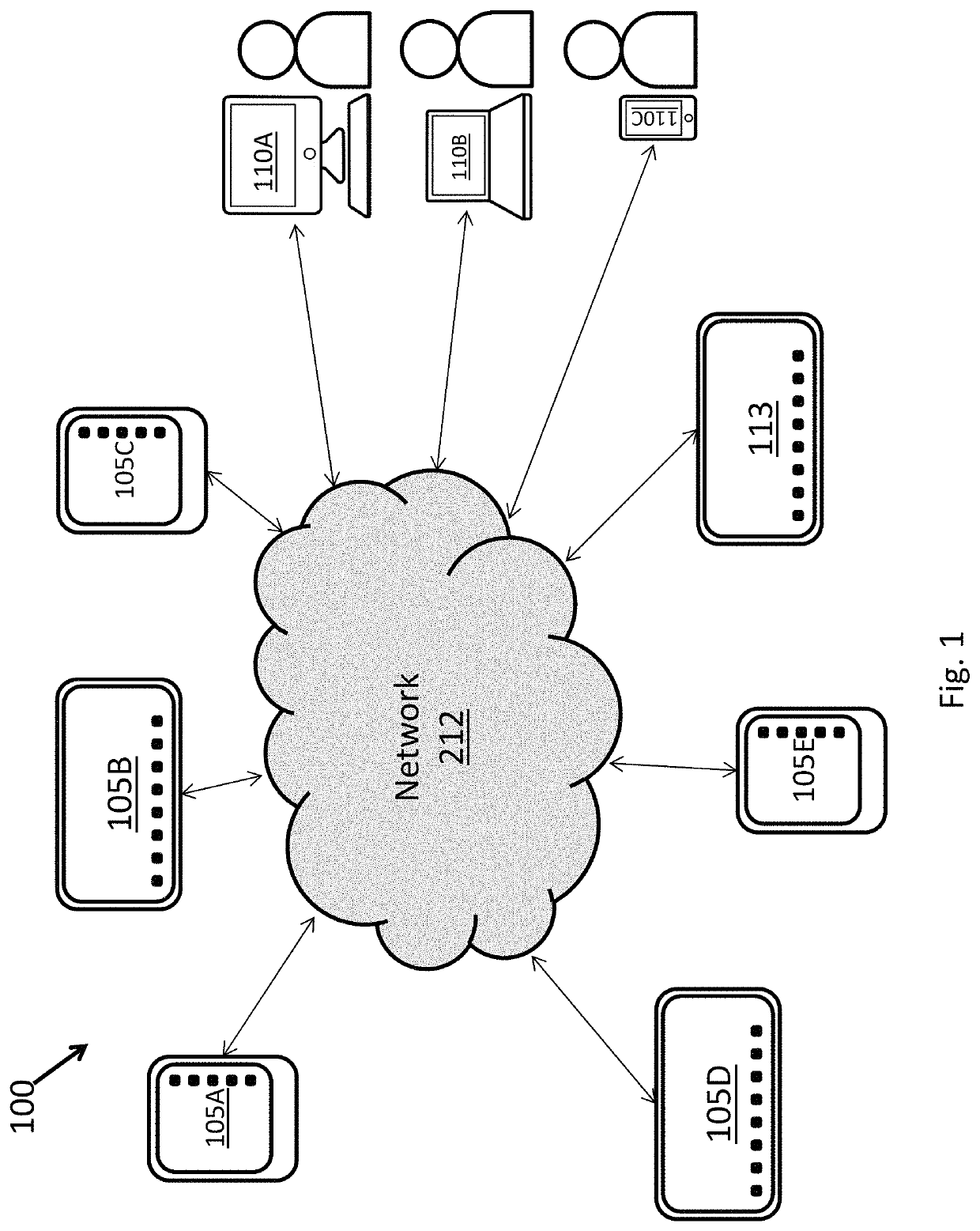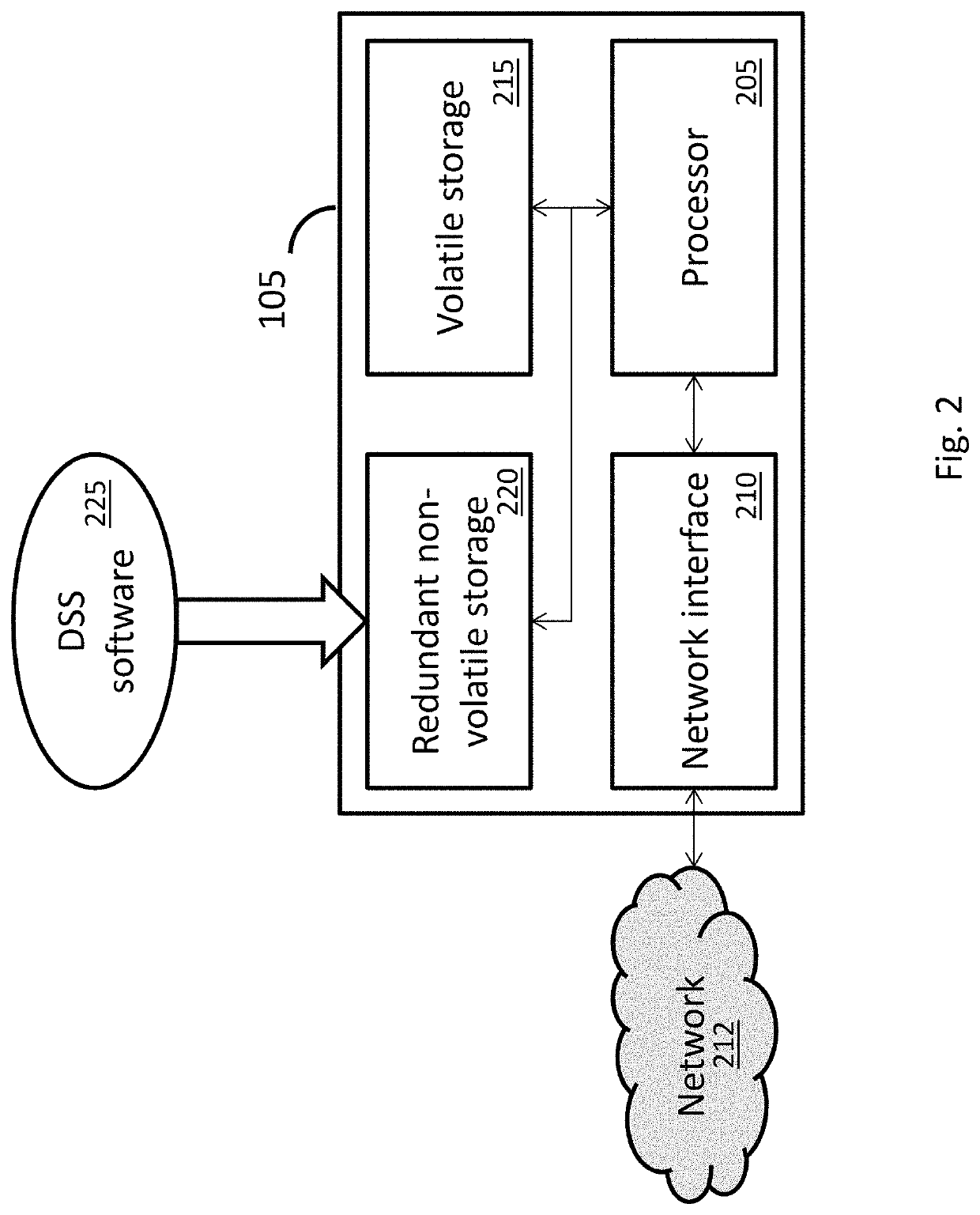Blockchain-based decentralized storage system
a decentralized storage and decentralized technology, applied in the field of decentralized storage systems, can solve the problems of increasing the chance of being selected, little quality-of-service that can be enforced from the point-of-view of the client, and the speed of the blockchain-based retrieval protocol is not fast enough
- Summary
- Abstract
- Description
- Claims
- Application Information
AI Technical Summary
Benefits of technology
Problems solved by technology
Method used
Image
Examples
Embodiment Construction
[0044]In accordance with one embodiment of the invention, there is provided a computer-implemented method of reliably storing data in a storage system, the system being distributed over a network and having a stored blockchain accessible over the network to a host computing device and to a renter computing device. The method utilizes computer processes carried out by the host computing device. The computer processes include receiving over the network, by the host computing device from the renter computing device, a storage contract proposal; sending over the network, by the host computing device to the renter computing device, an acceptance of the storage contract proposal; and making a determination if the blockchain has received from the renter computing device a signed storage contract and has stored the contract. If the determination is favorable, the processes further include (a) receiving over the network, by the host computing device from the renter computing device, an uploa...
PUM
 Login to View More
Login to View More Abstract
Description
Claims
Application Information
 Login to View More
Login to View More - R&D
- Intellectual Property
- Life Sciences
- Materials
- Tech Scout
- Unparalleled Data Quality
- Higher Quality Content
- 60% Fewer Hallucinations
Browse by: Latest US Patents, China's latest patents, Technical Efficacy Thesaurus, Application Domain, Technology Topic, Popular Technical Reports.
© 2025 PatSnap. All rights reserved.Legal|Privacy policy|Modern Slavery Act Transparency Statement|Sitemap|About US| Contact US: help@patsnap.com



